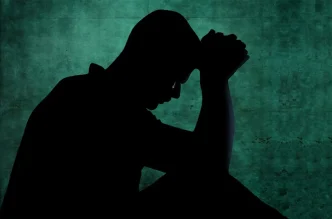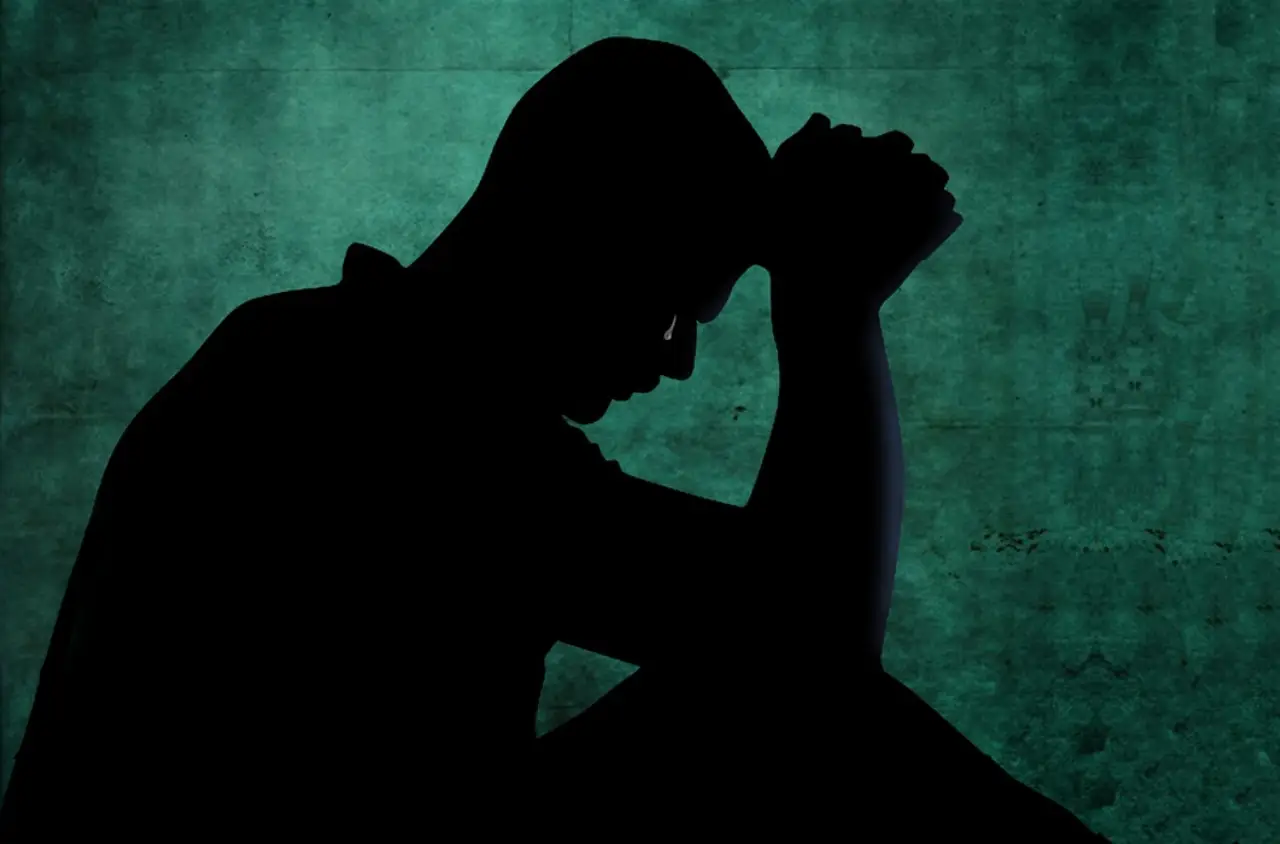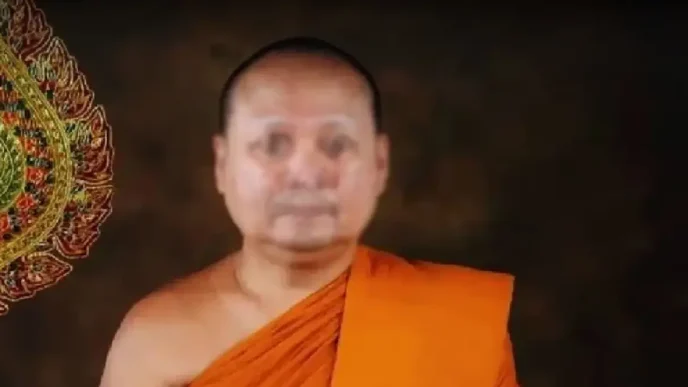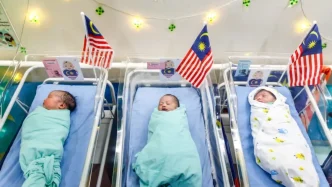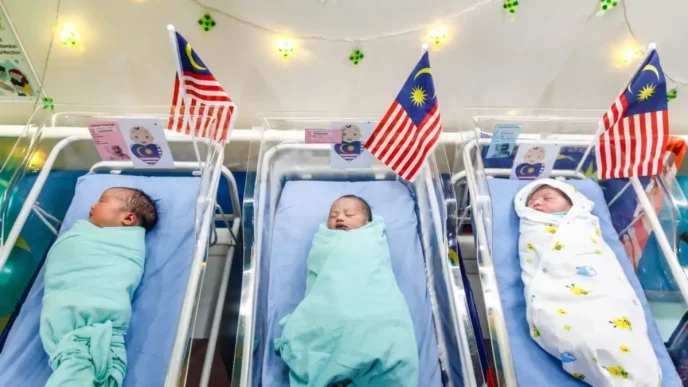In a society where sexual violence is often framed as a crime against women, the hidden trauma of male rape victims in the Philippines is emerging as a pressing, yet underreported, issue. A recent case involving two junior officers of the Philippine Air Force, who have accused a two-star general of rape and attempted rape, has cast a rare spotlight on the systemic challenges faced by men seeking justice. While this case has gained attention, thousands of other incidents remain shrouded in silence, burdened by shame, legal disparities, and cultural stigma.
A Case That Breaks the Silence
On January 29, 2025, two junior officers serving as assistants to a high-ranking general in the Philippine Air Force allegedly endured sexual assault. According to reports from INQUIRER.net, the officers filed formal complaints on May 16 at the Office of the Prosecutor in Lipa City, Batangas. The following day, they also lodged a grievance with the Office of Ethical Standards and Public Accountability, which found “prima facie evidence” of violations under the Articles of War. Charges were subsequently filed at the Office of the Judge Advocate General, citing breaches of military conduct, specifically Articles 96 (Conduct Unbecoming an Officer) and 97 (Conduct Prejudicial to Good Order and Military Discipline).
The Armed Forces of the Philippines (AFP) responded swiftly, relieving the general from his post and placing him in restricted custody. In a public statement, the AFP emphasized its zero-tolerance policy toward misconduct, assuring protection for the complainants. Beyond military channels, the officers pursued a criminal complaint, triggering a preliminary investigation. This dual approach underscores their status not only as military personnel but as citizens entitled to civilian legal recourse.
While this case has pierced the veil of silence surrounding male rape, it remains an outlier in a landscape where most victims never come forward. The courage of these officers to speak out highlights a broader, often invisible crisis affecting men across the country.
The Scale of Underreporting
Statistics paint a stark picture of the hidden epidemic of male sexual violence in the Philippines. According to the Cameleon Association, a non-profit focused on supporting survivors of abuse, 98 percent of reported rape victims in the country are women, leaving just 2 percent as men. However, experts and studies consistently note that sexual violence against men is significantly underreported. Data from the Philippine Statistics Authority, covering the decade from 2006 to 2016, records only 171 cases of male rape and 276 instances of sexual abuse against men—a figure widely believed to be a fraction of the true scale.
The reasons for this underreporting are deeply rooted in societal norms and psychological barriers. A study titled “Sexual Abuse in Males: An Underreported Issue” identifies shame and self-blame as primary deterrents. Men often fear being labeled as homosexual or feel diminished in their masculinity for failing to prevent the assault. The Rape, Abuse and Incest National Network (RAINN) adds that male victims frequently experience a profound sense of loss of control over their own bodies, compounded by societal expectations of stoicism and strength. This can lead to severe mental health challenges, including anxiety, depression, stress, eating disorders, and even self-harm.
Victims often withdraw from relationships, avoid triggers associated with their trauma, and struggle with insomnia or hypervigilance. As RAINN notes, the shame can be exacerbated by physical responses during the assault, such as an erection or ejaculation, which victims may misinterpret as complicity. These complex emotional and cultural factors create a vicious cycle of silence, leaving many men to suffer in isolation.
Legal Disparities and Challenges
While Philippine law recognizes rape against men, significant disparities in legal definitions and penalties create additional hurdles for male victims. Republic Act No. 11648, which amended the Revised Penal Code, and Republic Act No. 8353, known as the Anti-Rape Act, establish that anyone, regardless of gender, can be a victim or perpetrator of rape. However, as explained by lawyer Quimberlyn Ranchez in an interview with INQUIRER.net, the legal framework treats male and female rape differently in terms of the manner of commission and the severity of punishment.
For male victims, rape is categorized solely as sexual assault, defined under Article 266-A of the Revised Penal Code as an act involving the insertion of the penis into the mouth or anal orifice, or the insertion of an instrument into the genital or anal orifice. In contrast, rape against women can be prosecuted either as sexual intercourse or sexual assault. This distinction carries significant consequences: rape by sexual intercourse, which legally applies only to female victims, is punishable by reclusion perpetua—a sentence ranging from 20 years and one day to 40 years. Rape by sexual assault, under which male cases fall, carries a lesser penalty of imprisonment from six years and one day to 12 years.
Ranchez clarified that while the burden of proof, court procedures, and standards for conviction are the same regardless of the victim’s gender, the narrower categorization of male rape as sexual assault limits the severity of penalties imposed on perpetrators. “While rape laws in the Philippines are technically gender-inclusive due to recent amendments, male rape still faces more legal barriers since it is prosecuted under a less severe category” she stated. This disparity can discourage male victims from pursuing justice, as the perceived leniency of punishment may not reflect the gravity of their trauma.
Cultural Stigma and Systemic Issues
Beyond legal challenges, cultural attitudes in the Philippines exacerbate the plight of male rape victims. The societal expectation that men should be invulnerable and dominant often leaves victims feeling emasculated or blamed for their inability to resist. Such stigma is particularly acute in a military context, where strength and discipline are paramount. The case of the two junior officers, while a step forward in visibility, also raises questions about power dynamics and accountability within hierarchical institutions like the AFP. Advocacy groups, such as Gabriela, have pointed out that ordinary civilians may be even more vulnerable to abuses by military personnel, lacking the institutional access or support available to those within the ranks.
The underreporting of male rape also reflects a broader lack of awareness and resources tailored to male survivors. Counseling services, support groups, and public campaigns in the Philippines often focus on female victims, leaving men with fewer outlets to process their trauma or seek help. This gap in support systems perpetuates the cycle of silence, as victims may feel there is no safe space to share their experiences without judgment.
The Path Forward
Addressing the silent epidemic of male rape in the Philippines requires a multi-faceted approach. Legal reforms to equalize penalties for all forms of rape, regardless of the victim’s gender, could signal a stronger commitment to justice. Public awareness campaigns that challenge stereotypes about masculinity and encourage reporting are equally critical. Expanding mental health services and support networks specifically for male survivors could provide a lifeline to those grappling with trauma in isolation.
The case of the two junior officers, while tragic, offers a glimmer of hope that more victims may feel empowered to speak out. Yet, as long as cultural stigma and legal disparities persist, thousands of men will continue to bear their pain in silence. The question remains: will Philippine society and its institutions rise to the challenge of ensuring justice and healing for all victims of sexual violence?

